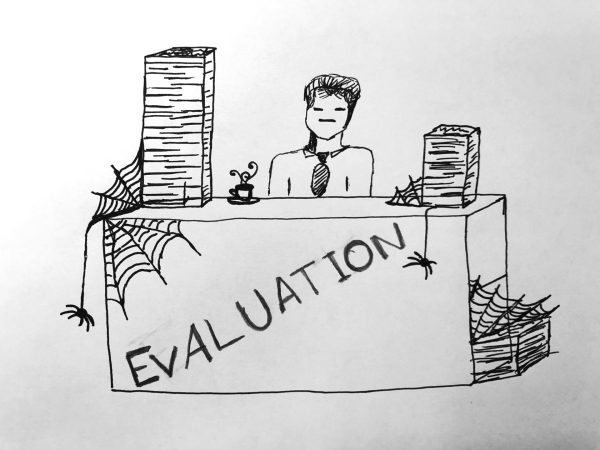Fifty shades of messed up
February 18, 2015
What is it about the “Fifty Shades of Grey” phenomenon that has unforgivably ensnared us all into Christian Grey’s infamous red room of pain? When and why have we become helpless victims to the Steele-Grey relationship?
Millions have fervently devoured the erotic trilogy, which has sold 45 million copies in the U.S. and 100 million copies worldwide.
This past Valentine’s weekend, we saw the box office erupt as the much anticipated film produced a whopping $81.7 million. Oh, and don’t even get me started on that sound track people are salivating over.
Lovers of the trilogy and haters filled theatres to the brim. So again, I’ll ask you all: what could it possibly be about this film that has drawn us in?
I understand that the plot isn’t the most intense or sophisticated—because let’s be honest with ourselves – we’re all just squirming anxiously for the steamy sex scenes between the two Twilight-based characters.
For whatever reason, we’re deeply intrigued by the gray-eyed, 27-year-old, sadomasochist billionaire and the mousey haired, doe-eyed introvert.
Even those who have vehemently expressed their repulsion towards the trilogy cannot deny their beguilement. I’m genuinely curious and determined to find out where this intense fascination stems from.
Perhaps, as females, we feel that we can relate to the shy, insignificant girl. In a world where we are constantly forced to compare ourselves to others who apparently harbor features that define the ultimate standards of beauty, there have been times, no doubt, where we have felt unworthy on some level.
What if characters like Anastasia Steele and Bella Swan—women who aren’t always the heroine as our beloved Buffy or Katniss Everdeen—are the ones who represent the majority?
These fictionalized personas give ordinary women hope that they will not only find love, but also something unexpected, exciting and maybe even earth-shattering. The red room of pain is the only thing that melts Anastasia’s gray scale world.
Surprisingly, the film was not as ridiculous as I thought it would be. Surely there were rows upon rows of people who were consumed with wild laughter and the unashamed whooping at the naked bodies wrestling between dirty sheets on the screen. The whips, chains, canes and handcuffs were just the tip of the iceberg.
The climax of the film (no pun intended) takes a rather dizzying and dark turn. Audiences gradually fell silent and were left aghast as the screen died to a pitch black.
Maybe the trilogy and movie should be given a chance. But ultimately, as ol’ blue eyes would so graciously put it, I truly believe that these books serve as an escape for people while they spend their days “fighting vainly the old ennui.”
Marge Clemente is a senior English. She can be reached at 581-2812 or [email protected].











































